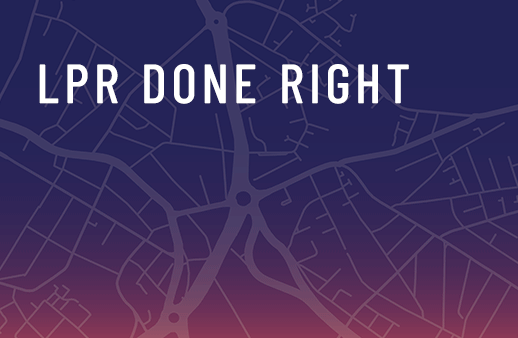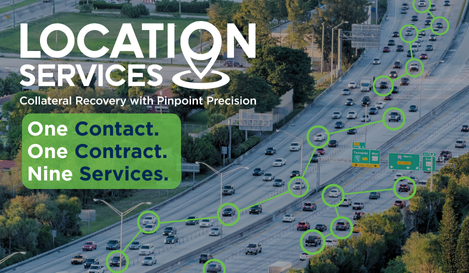
Reported fraud continues to increase in frequency, complexity, and severity. According to the Federal Trade Commission (FTC) the top 5 types of scams include: Imposter scams, fake internet services, false prizes/sweepstakes, lotteries, and fraudulent mobile phone services. Due to an increase in flexible working environments, employee fraud is another type of fraud continuing to grow, as well as card not present fraud due to an increase of online transactions.
With fraud, the bad guys steal and falsely use another’s information to obtain trust, money, or more information. Fraud is happening in and out of financial institution branches through ATMs, account opening, ACH and wires, payment apps (i.e. Venmo, PayPal, Zelle etc.) and payment cards.
A scam takes place when the fraudster uses obtained trust, money, or information for the purpose of tricking the victim. A scam can be a one-time incident or an ongoing event and generally target an individual versus the financial institution. Scams change in tactic, can target a specific group, and can also be seasonal.
Other common scams include:
● Pandemic-related scams
● Tax scams
● Unemployment insurance scams
● Hurricane charity scams
While fraud and scams can differ, the damage is similar: Harmed brand reputation or trust, and loss of money, identity, or property can be devastating to both financial institutions and victims of the fraud or scam. Scammers are getting cleverer and thousands of dollars are lost daily because of fraud.
Financial institutions have an opportunity to proactively fight fraud through education. Awareness of prevalent types of scams is a key way to prevent fraud from happening in the first place. Knowing the red flags of fraud can also help educate consumers on how to protect themselves.
Here are 3 ways your financial institution can learn to identify and mitigate fraud.
1) Review authentication measures. Authentication is key for preventing fraudsters from being successful in their schemes. Authenticating a consumer’s identity can halt fraudulent activity from happening on their account. Some authentication best practices include:
a) Ensure that your institution is using 3D Secure 2.0 on all issued cards.
b) Use a combination of dynamic authentication, tokenization, and biometrics for increased security.
c) Review daily dollar limits for card present and card not present transactions.
d) Set strong requirements for passwords and passcodes.
e) Thoroughly review new accounts and loans for suspicious intent.
2) Enhance the consumer experience. Keeping your consumers safe shouldn’t compromise their consumer experience. Utilize marketing outlets, like social media channels, to educate consumers on red flags of fraud and prevalent scams. Be wary of sharing any details of your institution or processes that the bad guys could leverage to commit more fraud or scams.
Additionally, use communication channels, like text solutions, both proactively and reactively to let the consumer know if suspicious activity has been noticed on their account and what is being done to mitigate loss. Text, phone, and email channels can also be used for authentication alerts.
3) Stay educated with industry resources. Fraudsters are always shifting their approach in order to extract the most money and/or information. Both frontline and back office staff should receive ongoing education so they can identify red flags of fraudulent behavior. To help stay on top of these trends, align with industry partners who have timely insights. Sign up for trending industry risk alerts here.
Authentication measures should be the safeguard against fraud. These measures should be both strong and reviewed frequently to limit fraudsters’ access to accounts. Enhanced consumer communication can help your consumers build trust with your brand, and stay educated on prevalent, circulating scams. Finally, staying abreast of industry fraud trends, and subsequently training staff on such trends, is one of the best defenses for mitigating fraud.
____________________________________________________________________________
For more fraud prevention tips, visit our fraud education library.
____________________________________________________________________________
Allied Solutions, LLC is one of the largest providers of insurance, lending, and marketing products to financial institutions in the US. Allied Solutions uses technology-based products and services customized to meet the needs of over 4,000 banks and credit unions, along with a portfolio of innovative products and services from a wide variety of providers. Allied Solutions maintains over 10 regional offices and service centers around the country and is a subsidiary of Securian Financial Group, Inc.
3 ways to proactively mitigate fraud












Facebook Comments